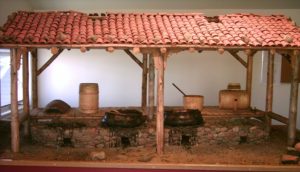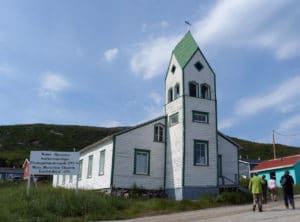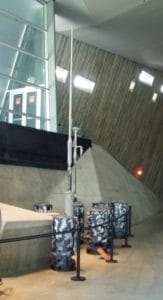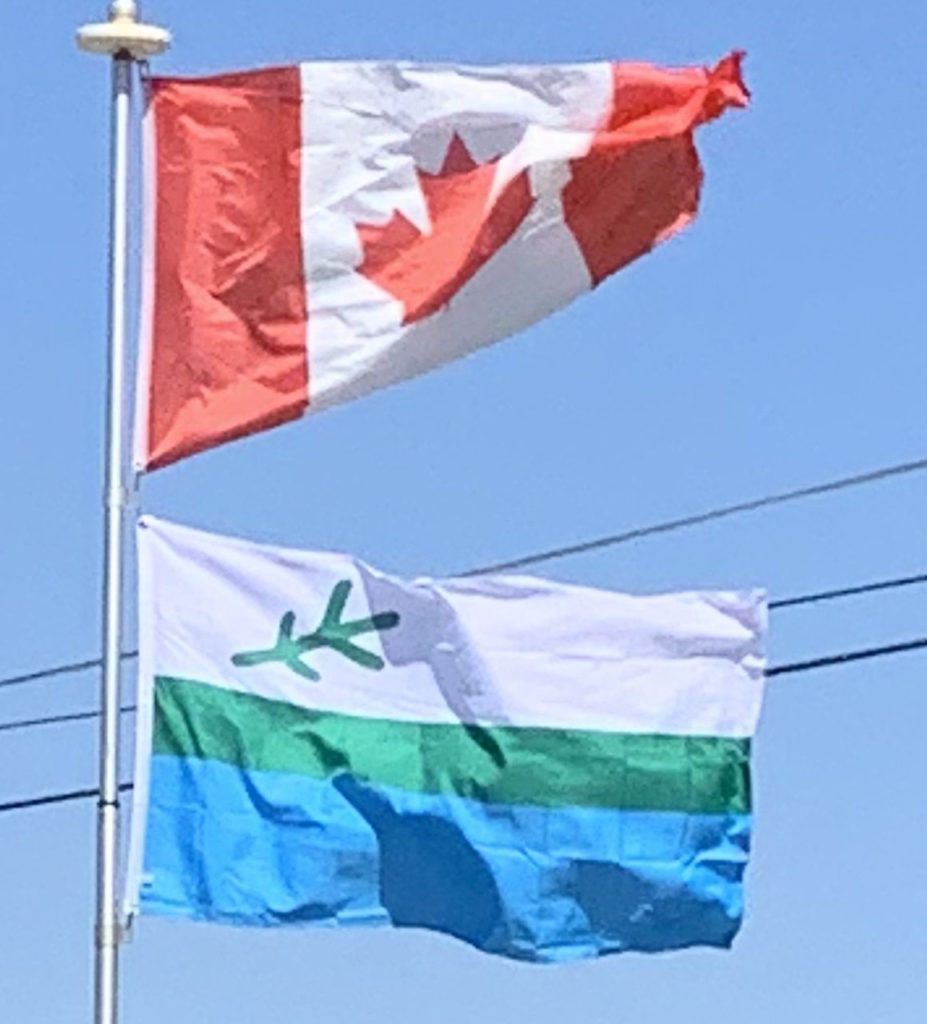In 1542 Basque mariners came ashore at a natural harbor on the northeast coast of the Strait of Belle Isle. They gave this “new land” its Latin name Terranova. A whaling station was set up around the bay, which they called Butus and is now named Red Bay after the red terracotta roof tiles they brought with them. A whaling ship, the San Juan, sank there in 1565 and was raised in 1978.

The Moravian Brethren of Herrnhut, Saxony, first came to the Labrador Coast in 1760 to minister to the migratory Inuit tribes there. They founded Nain, Okak, Hebron, Hopedale and Makkovik. Quite poor, both European and First Nations settlements along coastal Labrador came to benefit from cargo and relief vessels that were operated as part of the Grenfell Mission (see Wilfred Grenfell). Throughout the 20th century, coastal freighters and ferries operated initially by the Newfoundland Railway and later Canadian National Railway/CN Marine/Marine Atlantic became a critical lifeline for communities on the coast, which for the majority of that century did not have any road connection with the rest of North America.

Labrador was within New France mostly by 1748. However, the Treaty of Paris (1763) that ended the French and Indian War transferred New France (including Labrador though excluding the islands of Saint Pierre and Miquelon southwest of Newfoundland) to the British, which administered the area as the Province of Quebec until splitting it in two in 1791, with Labrador located in Lower Canada. However, in 1809 the British Imperial government detached Labrador from Lower Canada for transfer to the separate, self-governing Newfoundland Colony.
20th Century:
As part of Newfoundland since 1809, Labrador was still being disputed by Quebec until the British resolved their border in 1927. In 1949, Newfoundland entered into confederation, becoming part of Canada.
Labrador played strategic roles during both World War II and the Cold War. In October 1943, a German U-boat crew installed an automated weather station on the northern tip of Labrador near Cape Chidley, code-named Weather Station Kurt; the installation of the equipment was the only (known) armed, German military operation on the North American mainland during the war. The station broadcast weather observations to the German navy for only a few days, but was not discovered until the 1980s when a historian, working with the Canadian Coast Guard, identified its location and mounted an expedition to recover it. The station is now exhibited in the Canadian War Museum.

The Canadian government built a major air force base at Goose Bay, at the head of Lake Melville during the Second World War, a site selected because of its topography, access to the sea, defensible location, and minimal fog. During the Second World War and the Cold War, the base was also home to American, British, and later German, Dutch, and Italian detachments. Today, Serco, the company contracted to operate CFB Goose Bay is one of the largest employers for the community of Happy Valley-Goose Bay.
